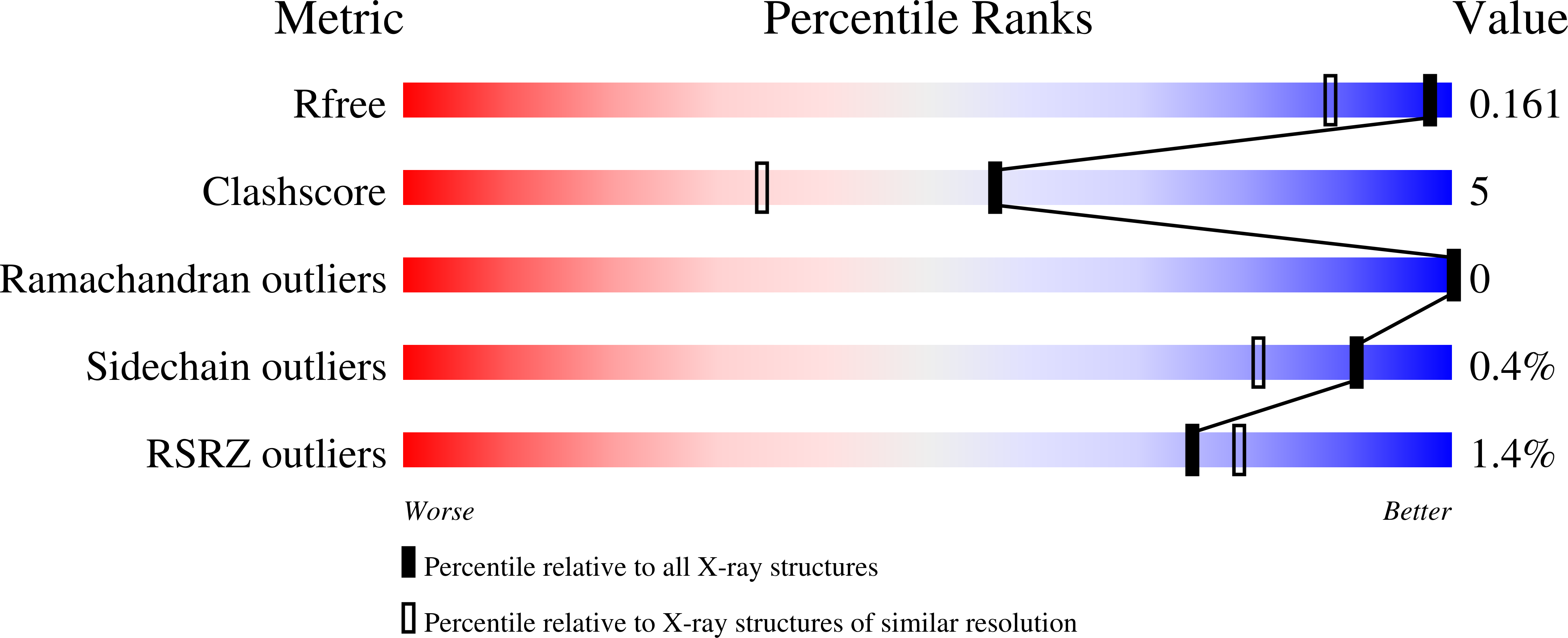Structural and Functional Characterization of Three Novel Fungal Amylases with Enhanced Stability and pH Tolerance.
Roth, C., Moroz, O.V., Turkenburg, J.P., Blagova, E., Waterman, J., Ariza, A., Ming, L., Tianqi, S., Andersen, C., Davies, G.J., Wilson, K.S.(2019) Int J Mol Sci 20
- PubMed: 31623309
- DOI: https://doi.org/10.3390/ijms20194902
- Primary Citation of Related Structures:
6SAO, 6SAU, 6SAV - PubMed Abstract:
Amylases are probably the best studied glycoside hydrolases and have a huge biotechnological value for industrial processes on starch. Multiple amylases from fungi and microbes are currently in use. Whereas bacterial amylases are well suited for many industrial processes due to their high stability, fungal amylases are recognized as safe and are preferred in the food industry, although they lack the pH tolerance and stability of their bacterial counterparts. Here, we describe three amylases, two of which have a broad pH spectrum extending to pH 8 and higher stability well suited for a broad set of industrial applications. These enzymes have the characteristic GH13 α-amylase fold with a central (β/α) 8 -domain, an insertion domain with the canonical calcium binding site and a C-terminal β-sandwich domain. The active site was identified based on the binding of the inhibitor acarbose in form of a transglycosylation product, in the amylases from Thamnidium elegans and Cordyceps farinosa . The three amylases have shortened loops flanking the nonreducing end of the substrate binding cleft, creating a more open crevice. Moreover, a potential novel binding site in the C-terminal domain of the Cordyceps enzyme was identified, which might be part of a starch interaction site. In addition, Cordyceps farinosa amylase presented a successful example of using the microseed matrix screening technique to significantly speed-up crystallization.
Organizational Affiliation:
York Structural Biology Laboratory, Department of Chemistry, University of York, Heslington, York YO10 5DD, UK. Christian.Roth@mpikg.mpg.de.


















